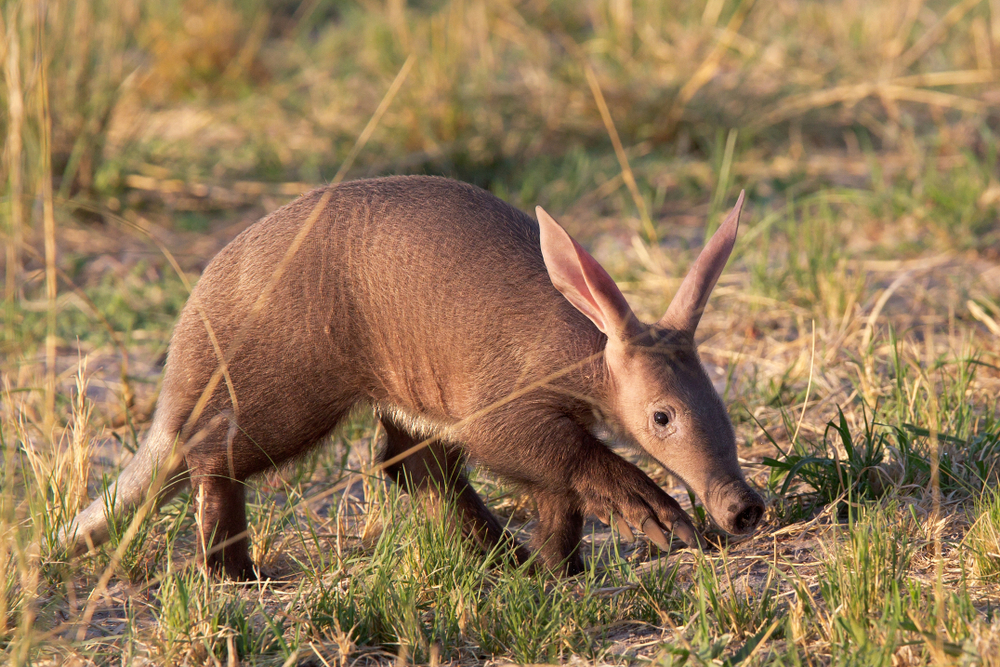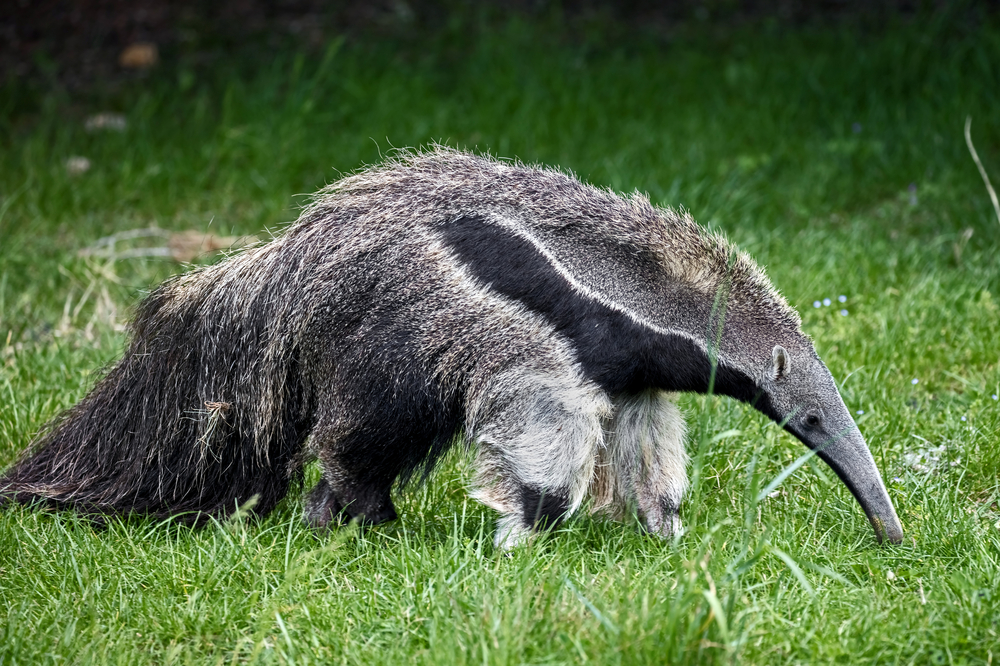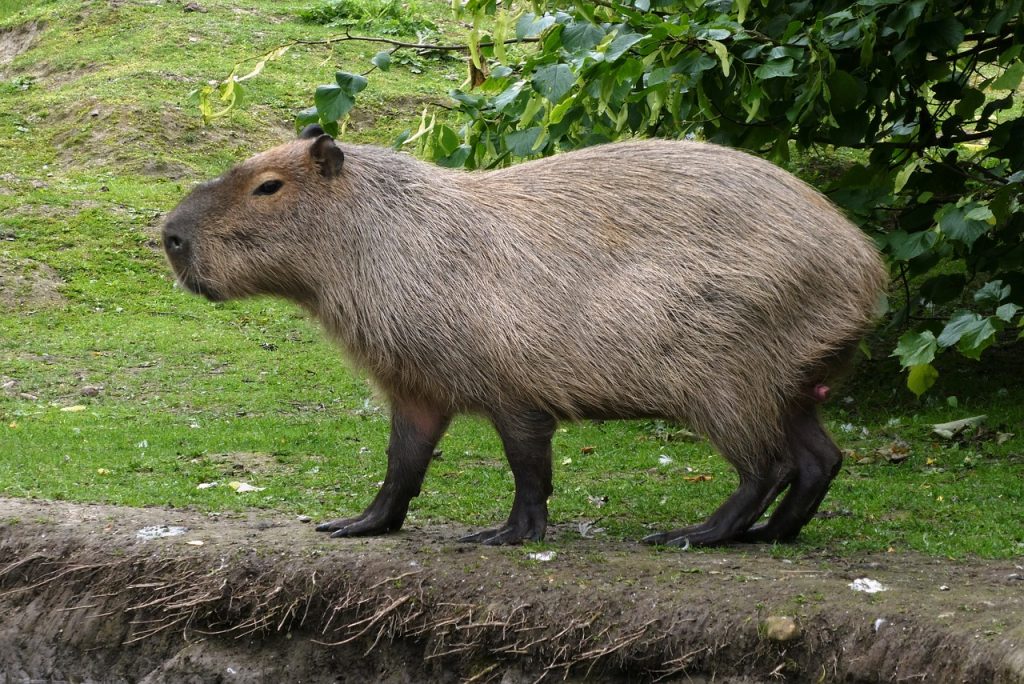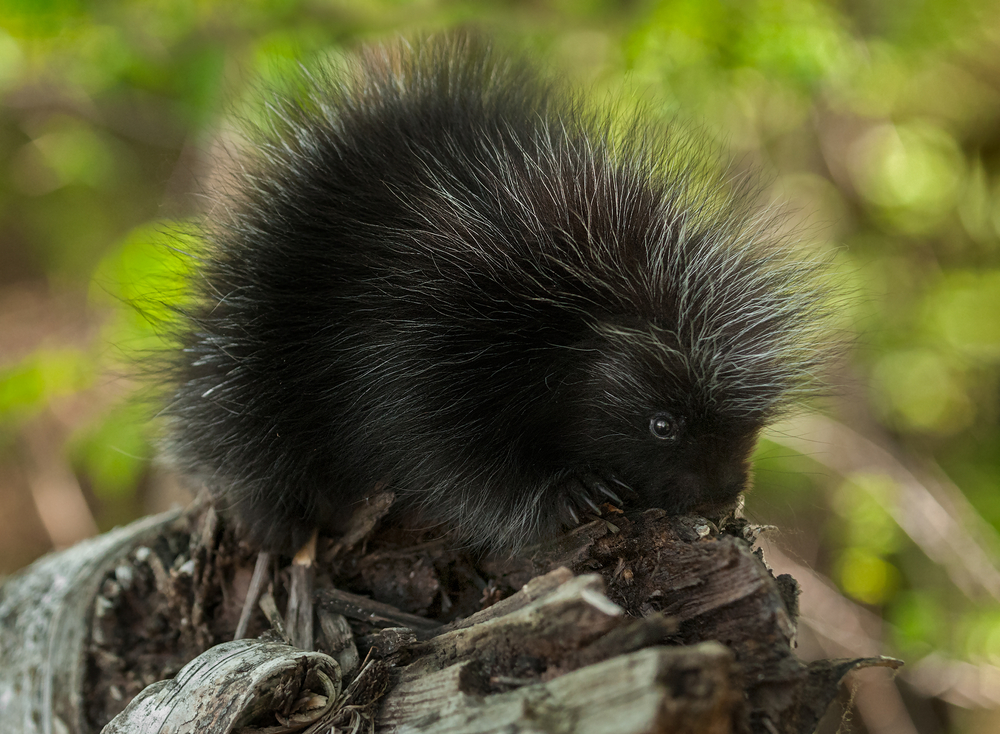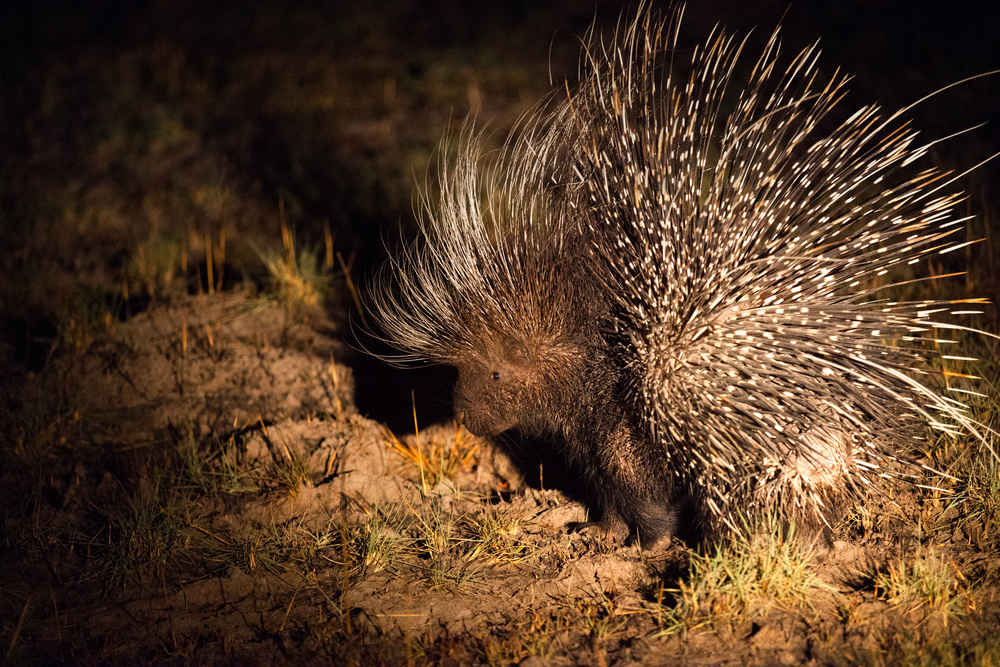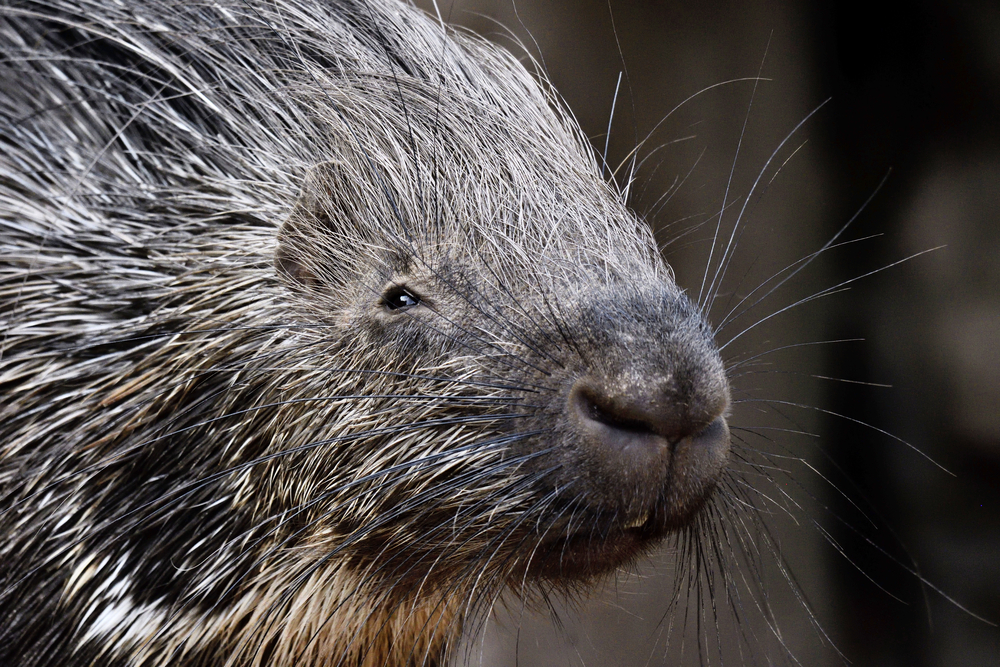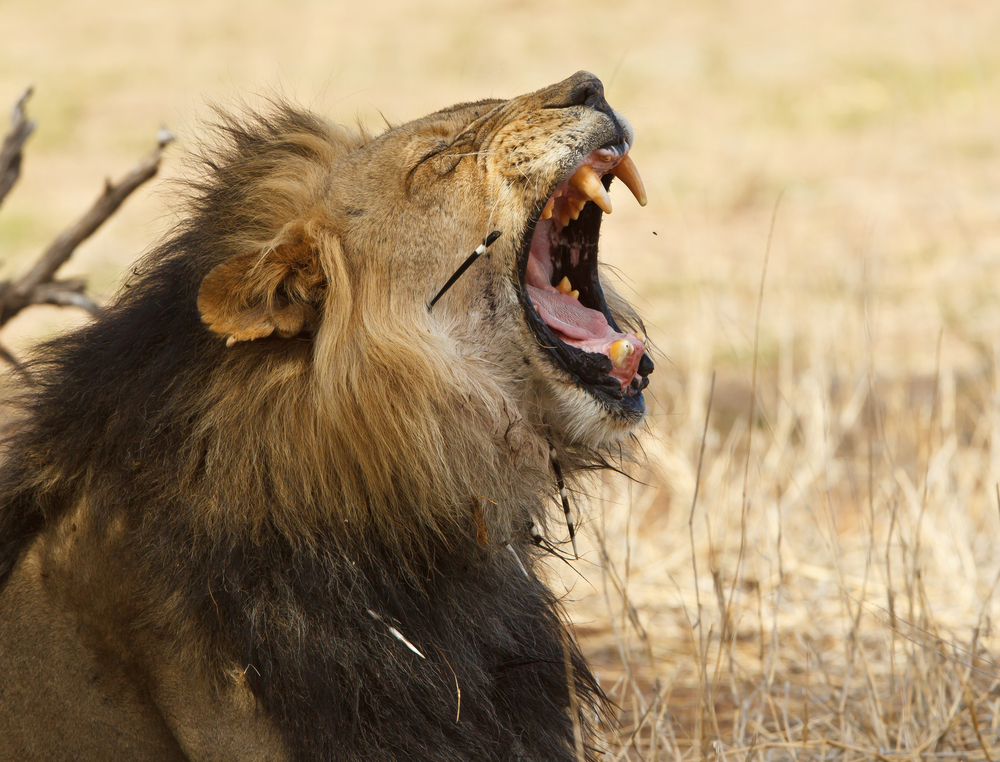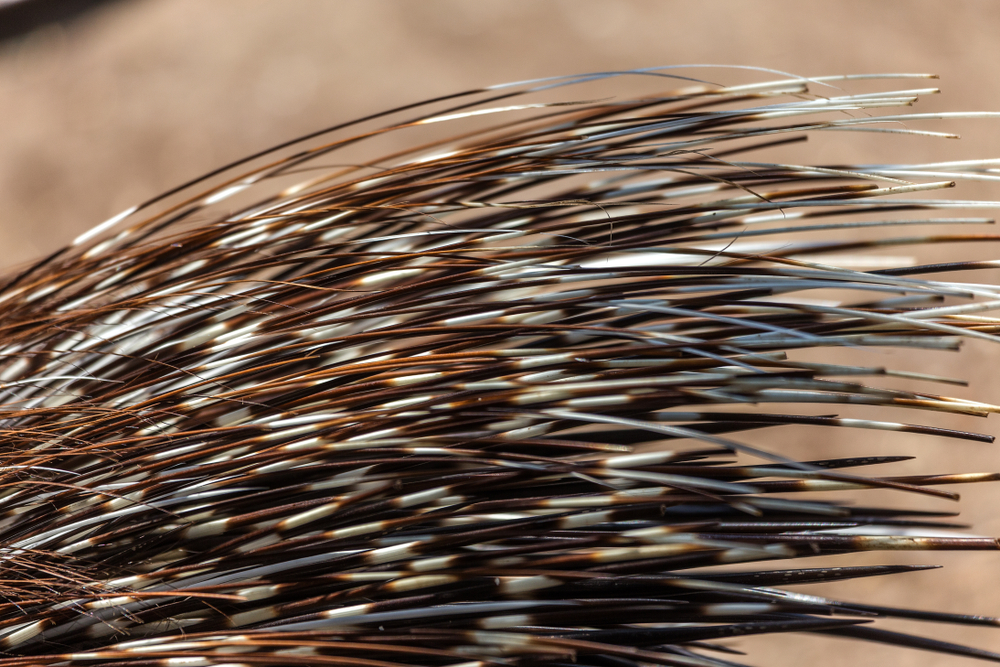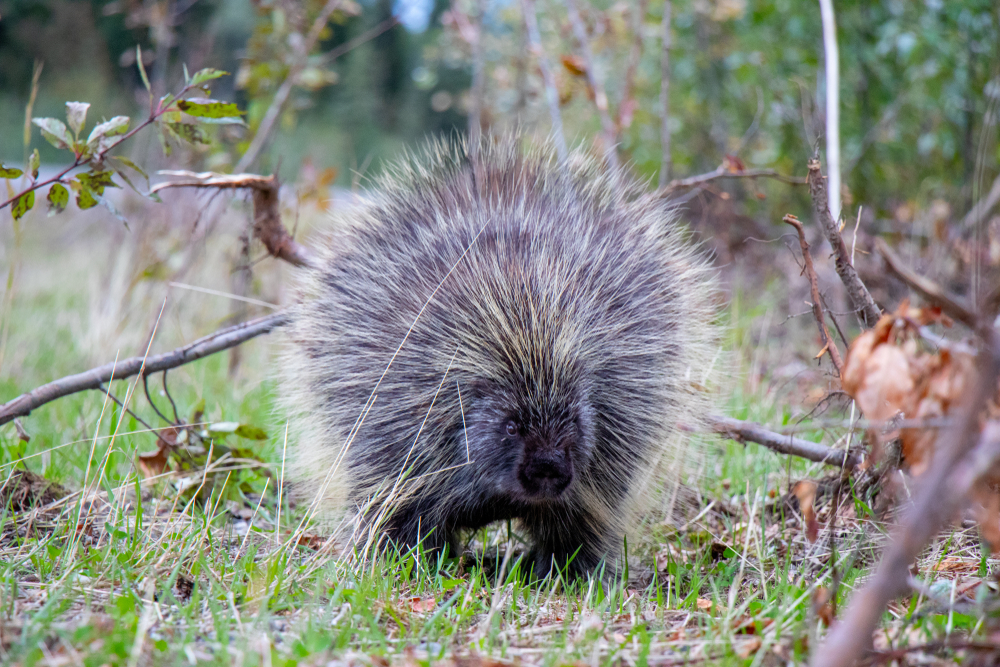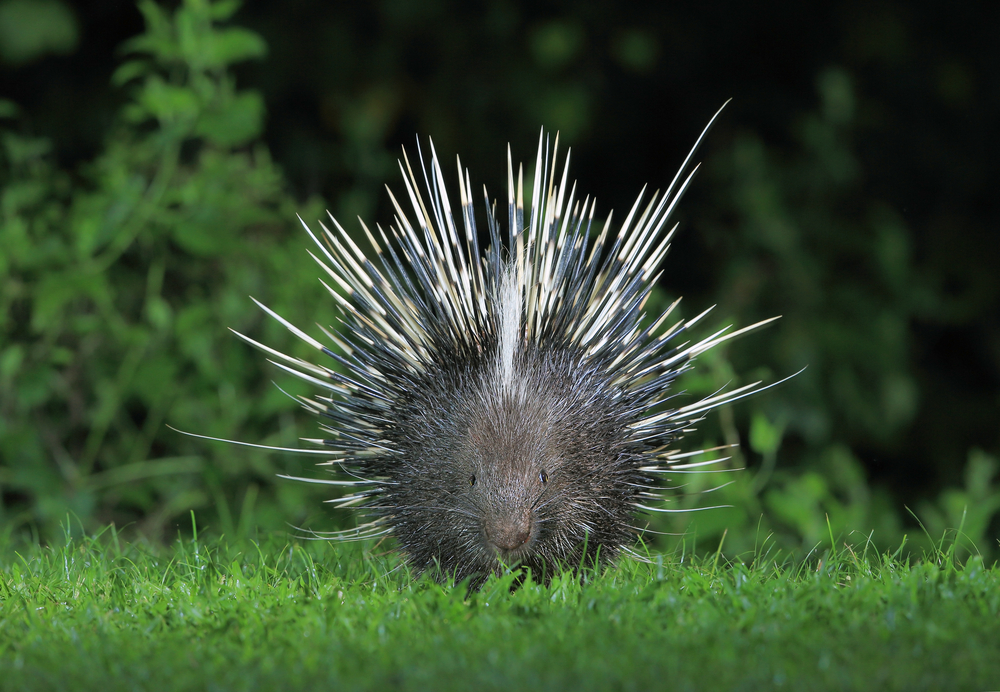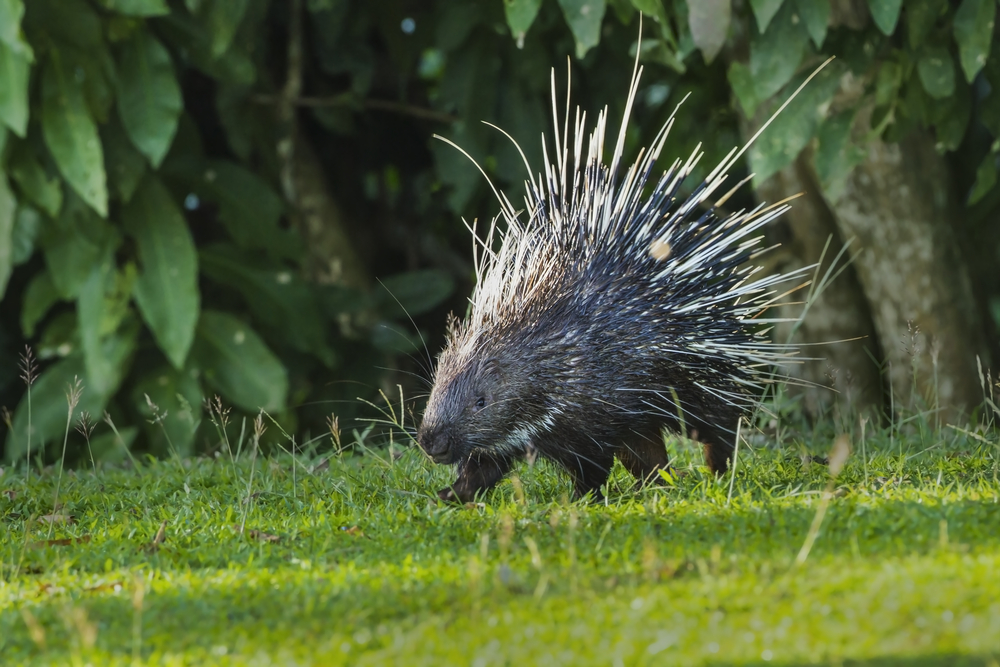Uniqueness
Porcupines are fascinating rodents known for their distinctive coat of quills and unique adaptations for defense. Here are some key aspects that make porcupines unique:
Quill-covered Body: Porcupines are covered in sharp, barbed quills that serve as a highly effective defense mechanism against predators. These quills are actually modified hairs made of keratin, the same material found in human hair and fingernails. When threatened, a porcupine can raise its quills and lash out at predators, embedding the quills into the attacker’s skin upon contact.
Nocturnal Habits: Porcupines are primarily nocturnal animals, meaning they are most active during the night. This behavior helps them avoid predators and minimize exposure to extreme temperatures during the day. They spend much of their time foraging for food, which consists mainly of bark, leaves, twigs, and other vegetation.
Arboreal and Terrestrial: Porcupines are versatile creatures that can inhabit both forested and open habitats. They are adept climbers and are often found in trees, where they feed on bark and leaves. However, they are also capable of foraging on the ground, particularly in areas where trees are scarce.
Slow-moving and Solitary: Porcupines are slow-moving and solitary animals, preferring to lead solitary lives except during the breeding season. They are generally peaceful animals and will avoid confrontation whenever possible, relying on their quills as a last line of defense when threatened.
Chewing Teeth: Porcupines have powerful chewing teeth, including large incisors that continue to grow throughout their lives. This adaptation allows them to gnaw on tough vegetation, such as tree bark, and wear down their continuously growing teeth in the process.
Scent Marking: Porcupines use scent marking to communicate with each other and establish territory boundaries. They have specialized scent glands located on their feet, which they use to mark their territory with scent trails. Scent marking helps porcupines avoid unnecessary conflicts with other individuals and identify suitable foraging areas.
Adaptations for Cold Weather: Porcupines are well-adapted to cold climates and can survive in areas with harsh winter conditions. Their dense fur provides insulation against the cold, while their ability to eat a variety of plant materials allows them to find food even when other food sources are scarce.
Cultural Significance: Porcupines have cultural significance in many indigenous cultures around the world. They are often featured in folklore, mythology, and traditional medicine practices, where they are sometimes associated with qualities such as wisdom, patience, and self-defense.
Porcupines’ unique combination of quills, nocturnal habits, arboreal and terrestrial lifestyles, and adaptations for cold weather make them fascinating and important members of ecosystems in North America, Europe, Africa, and Asia. Despite their peaceful nature, their formidable defense mechanism serves as a reminder of the importance of respecting wildlife and their habitats.































































